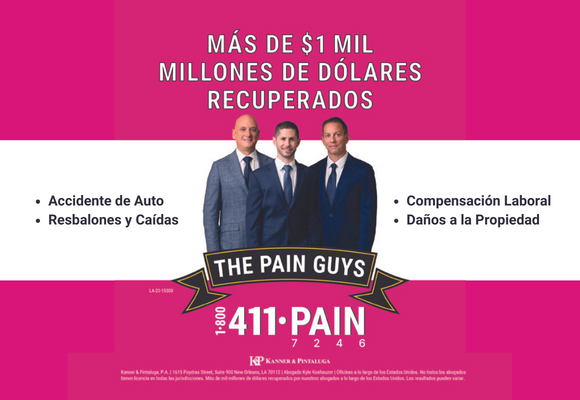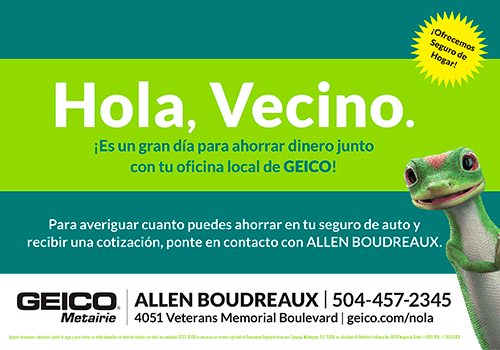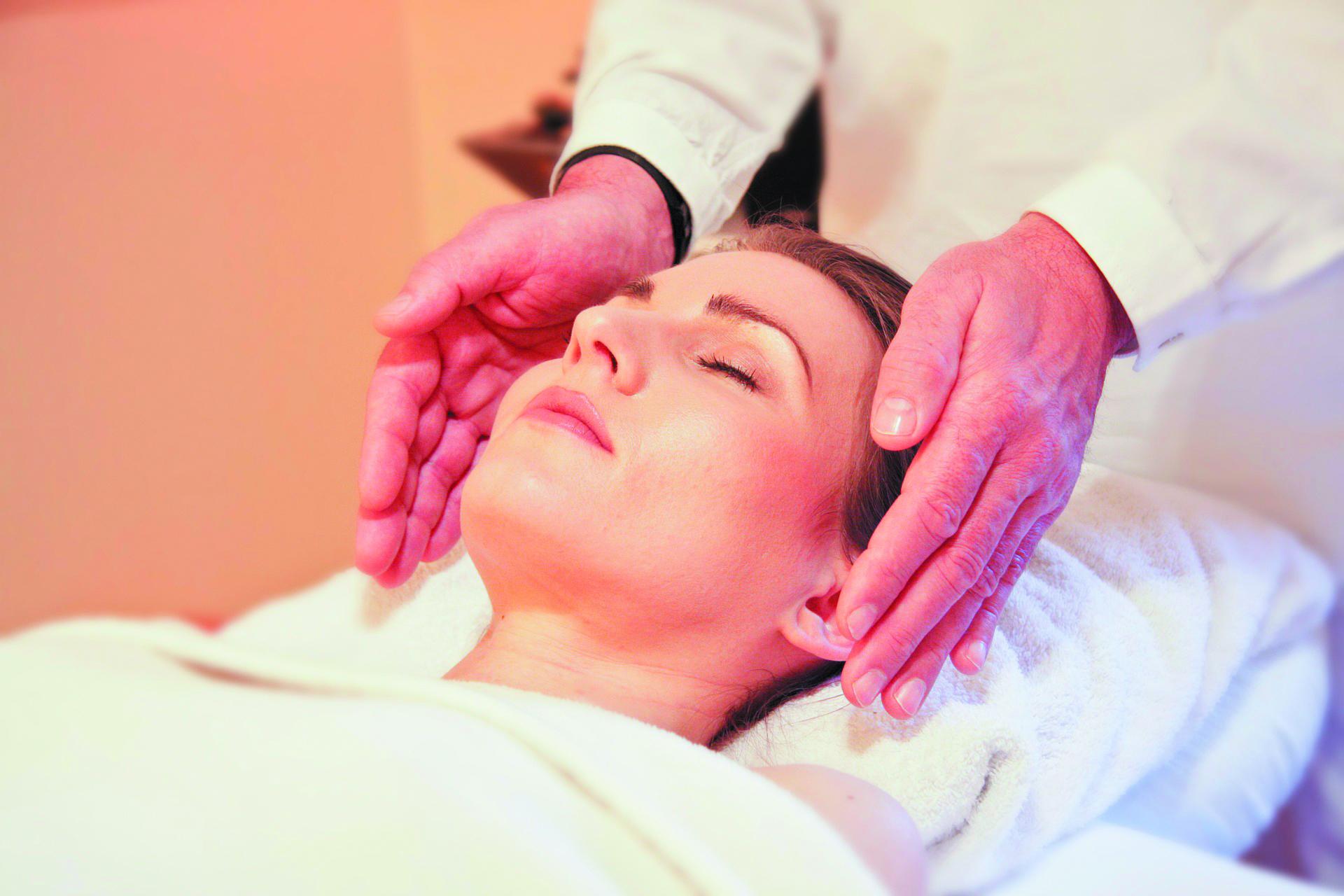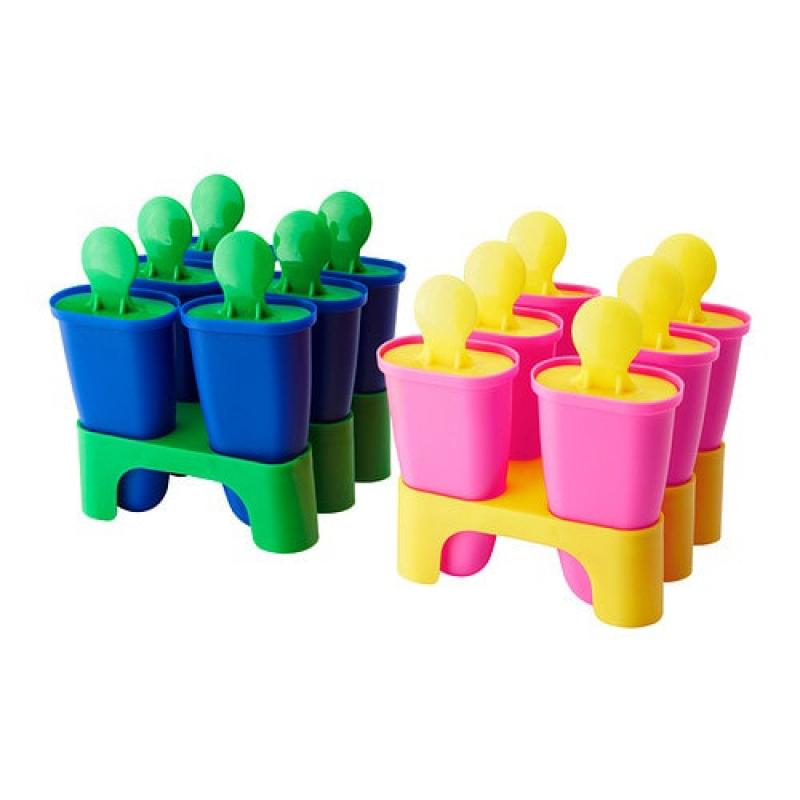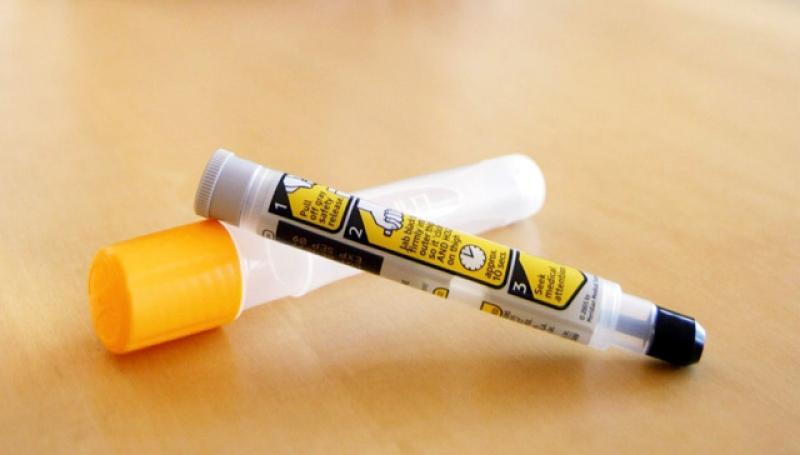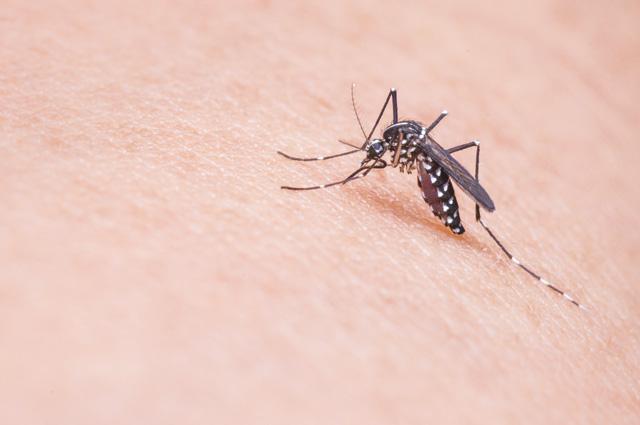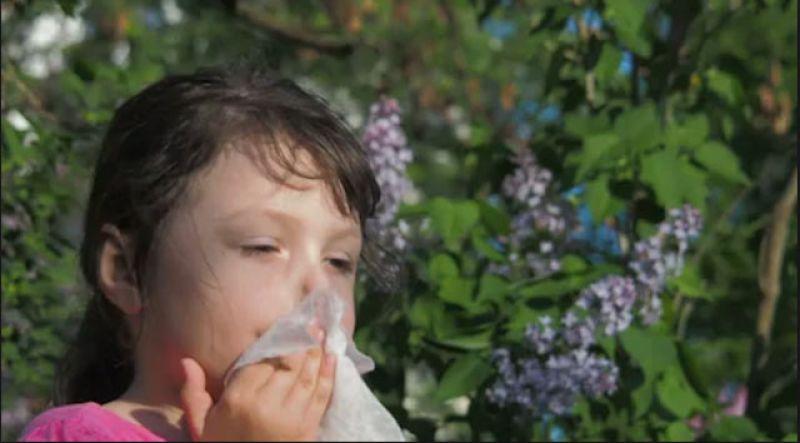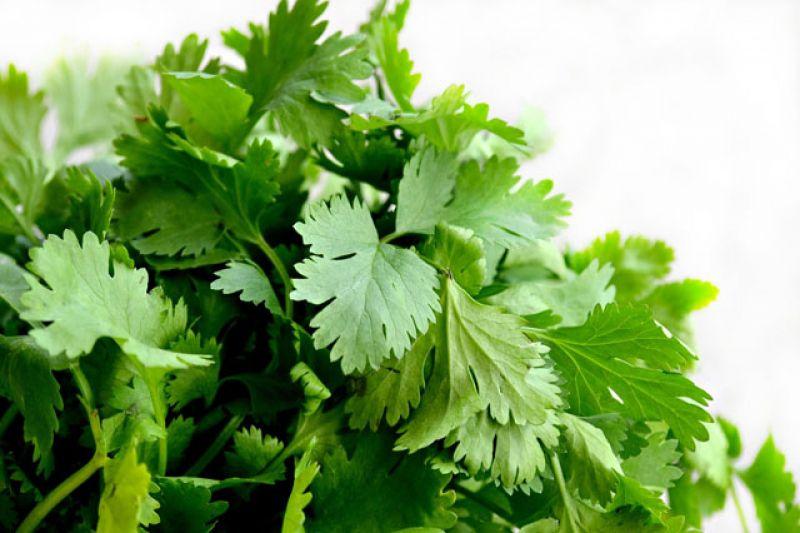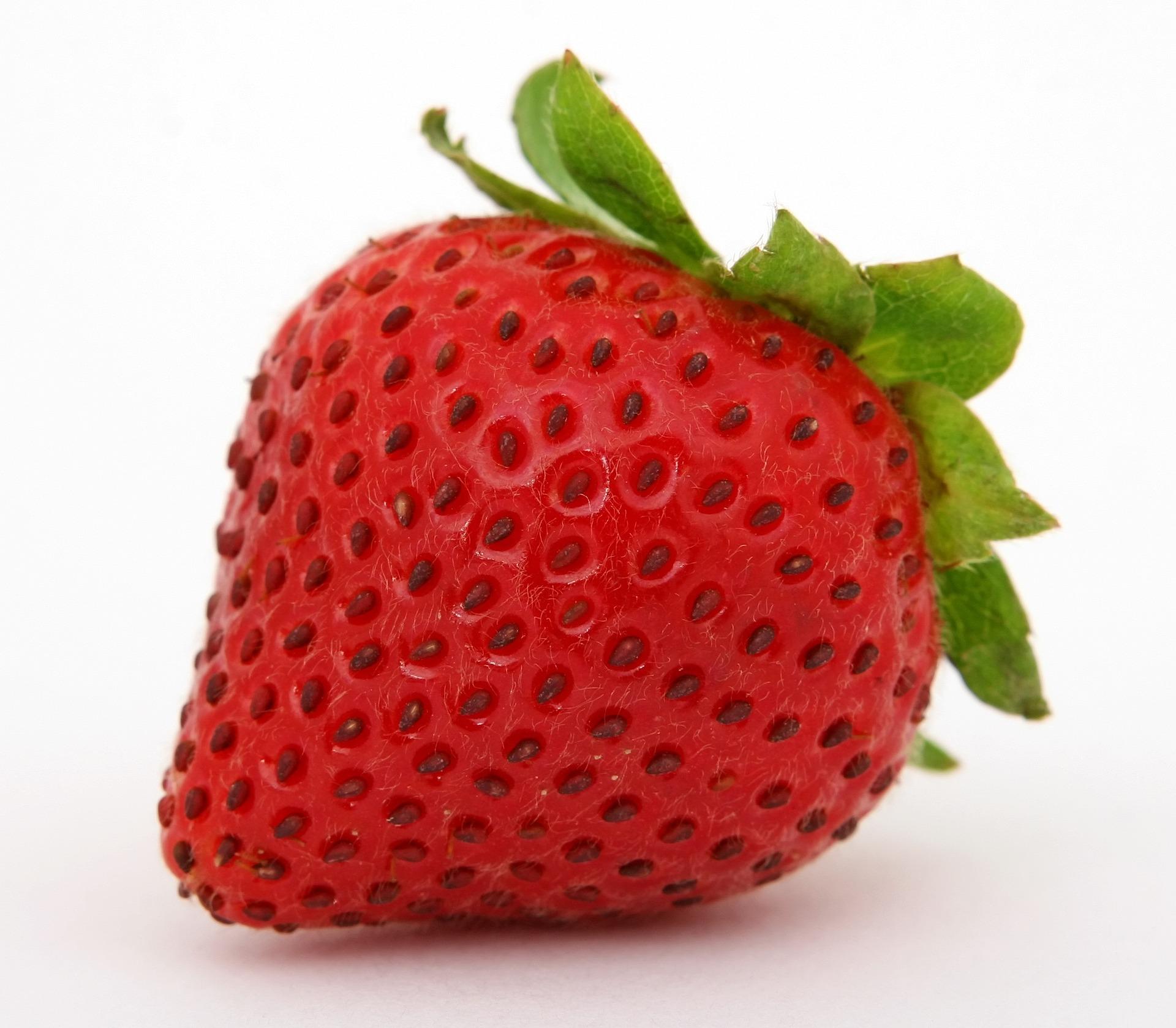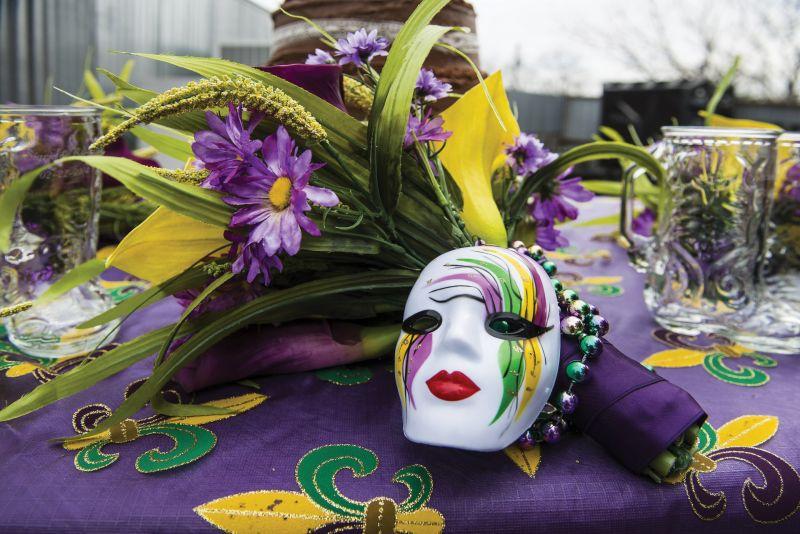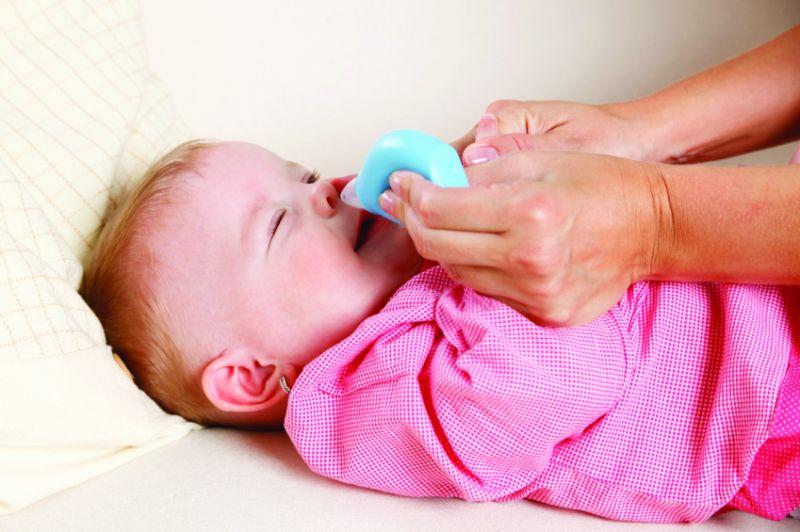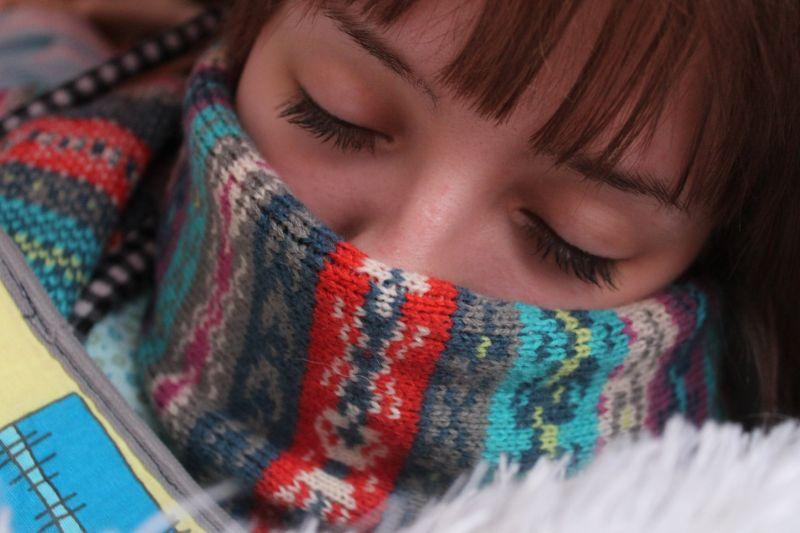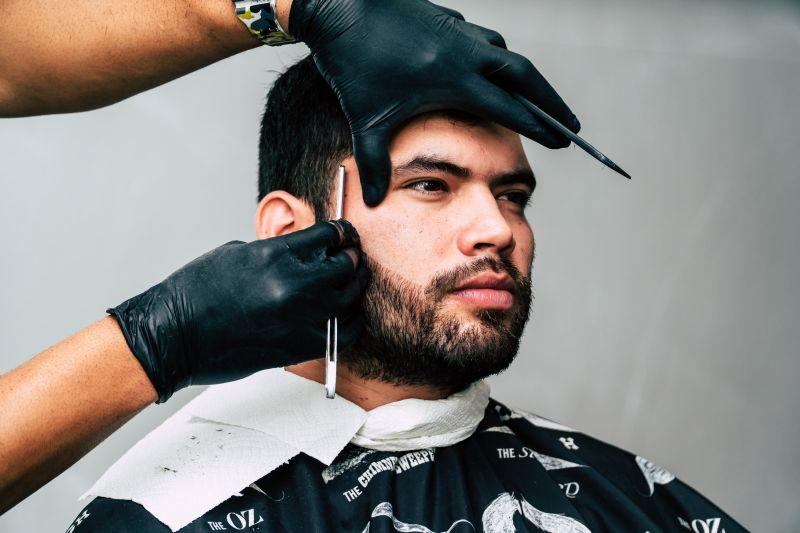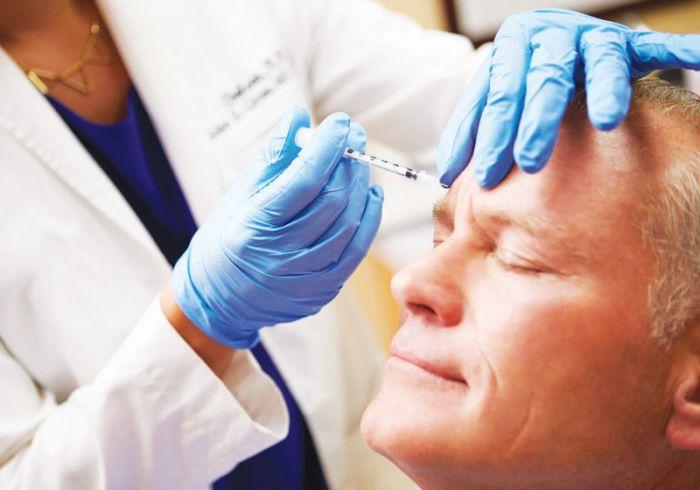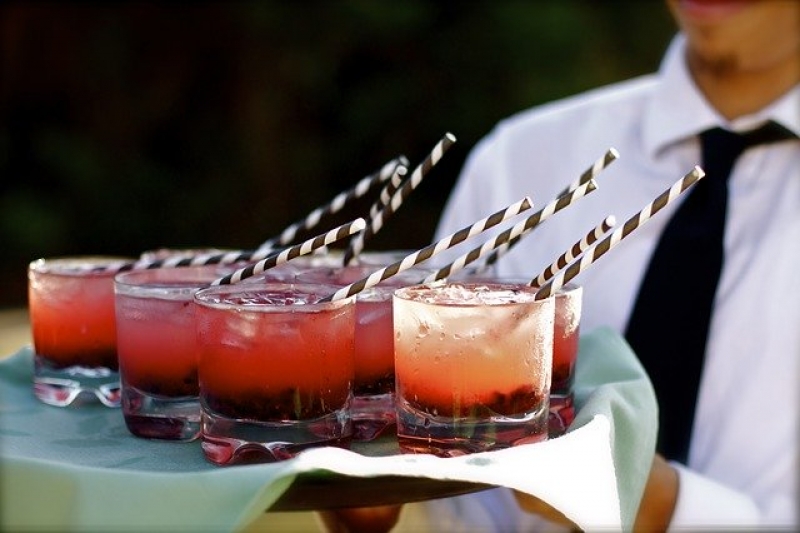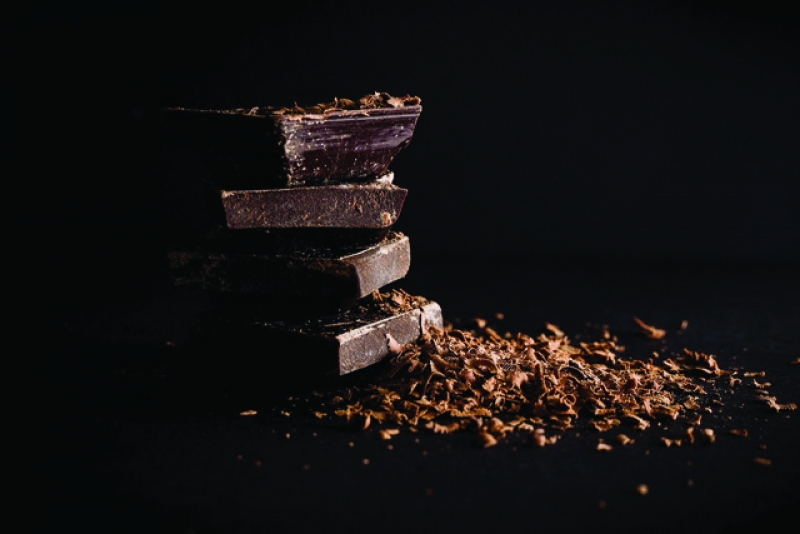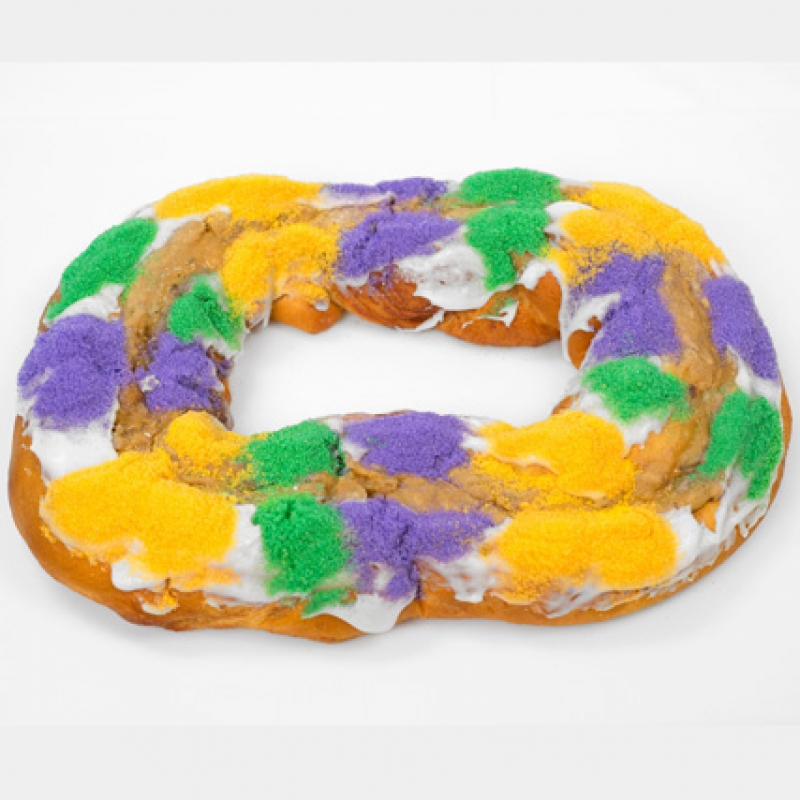- Published in Wellness
- Written by Lia Threat
Summer Sunshine and Your Daily Dose: How to Obtain More Vitamin D
Summer Sunshine and Your Daily Dose: How to Obtain More Vitamin D
By Lia Threat
Click aqui para español- >Dosis diaria de sol de verano: Cómo obtener más vitamina D
Vitamin D is also known as the “sunshine vitamin,” and June in New Orleans is a great time to soak it all up! Vitamin D is absorbed by our bodies via ultraviolet rays from the sun. After it is absorbed by the skin, it undergoes a process of synthesis before being utilized. More than just a fat-soluble vitamin, vitamin D also acts as a hormone with receptors present on cells throughout nearly every system in the body. It can affect mood as well as our immune system.
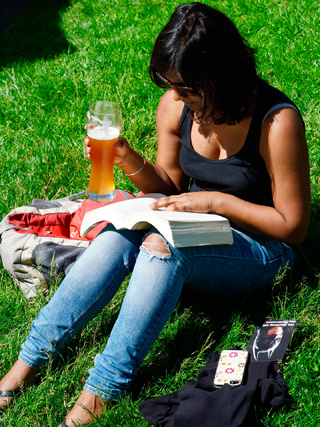
So, what is the best way to get more? Well first, we must consider how our bodies absorb vitamin D through sun exposure and the foods that we eat. With sun exposure, the amount of melanin in our skin may contribute to how easily vitamin D is synthesized by our body. Those with lighter skin absorb vitamin D faster and may require only about 10-15 minutes in direct sunlight on exposed skin (without sunscreen). Others with darker skin may require up to 30 minutes.
Anyone with skin conditions or those with a sensitivity to the sun may want to obtain their vitamin D through foods and supplements.
Ask your doctor to check your vitamin D levels and determine if you need a supplement.
Consume foods with high levels of naturally occurring vitamin D such as cod liver oil, eggs, mushrooms, and salmon.






